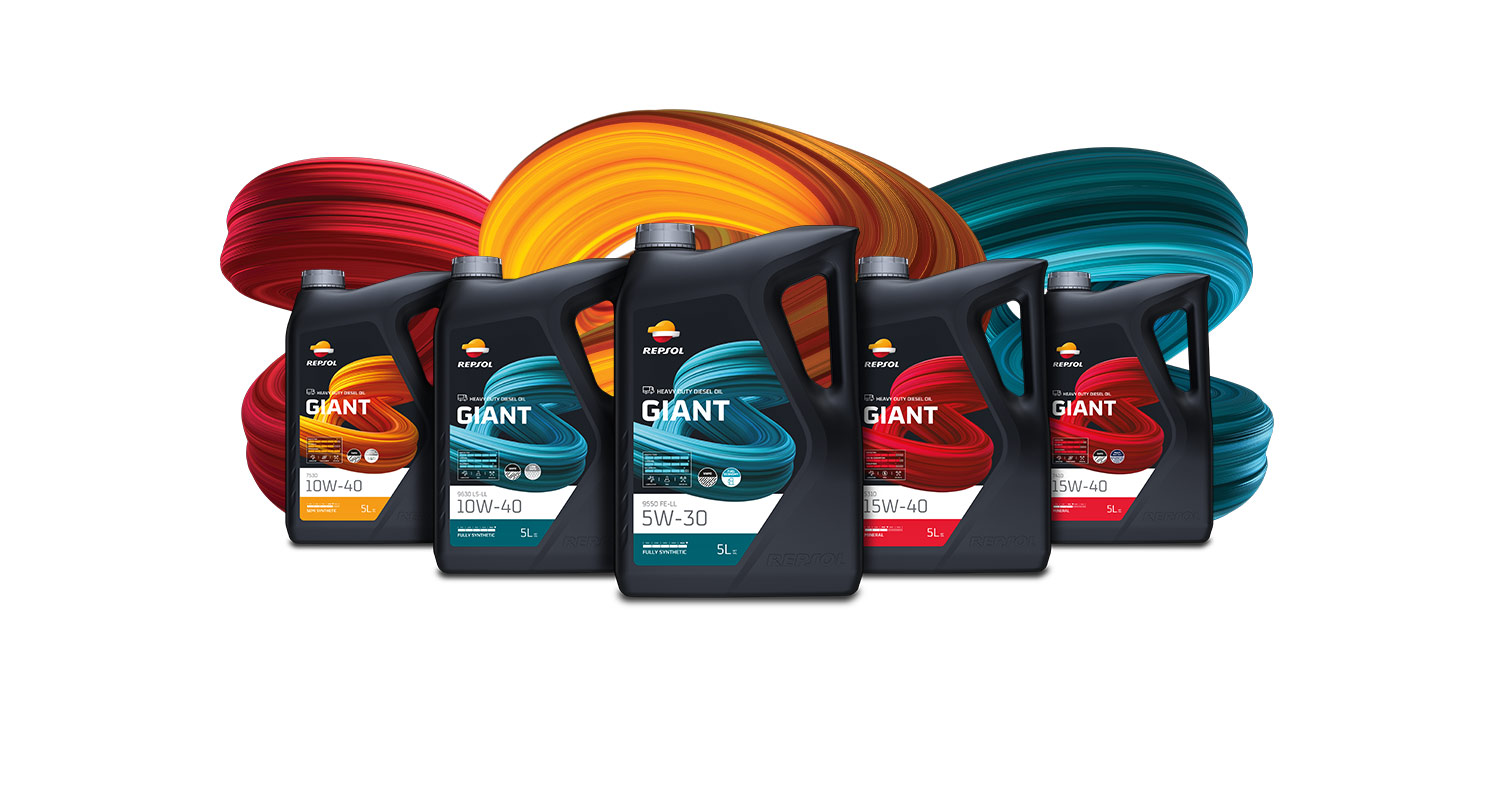The importance of coolants

The importance of coolants
One of the essential factors for maintaining any engine is controlling its temperature and to do so the coolant is vital All engines get hot and this can cause irreparable damage to the parts that make up a car engine. The fan and thermostat definitely play an essential role in cooling the engine but they are not the only things that ensure safety and an optimum temperature for the engine machinery.
It is very important to look at all the essential features of coolants before asking which solution or option is the best for the engine. For example, very often water is used incorrectly as an alternative to a coolant, and this can lead to oxidation and wear in the machinery. Also, water freezes at 0 ºC and boils at 100 ºC. For this reason, coolants also contain glycol, which increases the boiling point and lowers the freezing point. In addition to the glycol/water mixture, additive packages are added to prevent the metal parts from corroding.
About coolants
Before looking at various aspects of coolants, it is necessary to understand what they are and what role they play inside the engine.
A coolant is, in essence, a compound that has the ability to regulate temperature. This ability means that the engine always works at a more stable temperature and the engine does not overheat depending on factors inside and outside the car.
In addition, these fluids contain additives that give them additional properties to ensure greater protection for the engine parts, such as anti-corrosion.
Changing and maintaining the coolant
The problem is that, with use, the coolant is used up and its properties are increasingly lost, so that the protection for the engine decreases. This situation means two things: Checking the level of the fluid and changing it regularly.
- When changing it, it is always advisable to read the vehicle’s maintenance manual. Lastly, it is also necessary to keep in mind that the durability of a coolant depends on the type used (organic or inorganic).
How is it changed?
When changing the coolant, the following points must be kept in mind:
- It is not advisable to mix two or more coolants in the car as this can have a negative effect on the vehicle
- It must always be changed when the car engine is cold
- Before changing it, it is necessary to completely remove the old fluid
It is very important to note that, when a vehicle run out of coolant, it must be stopped immediately, either to replace it or to call a tow truck. There is a great risk if the engine is run with no coolant, as it strains the vehicle and could lead to a breakdown.
Types of coolants
There are different technologies depending on the type of additives used: organic (OAT), inorganic, and combinations of the two (hybrid).
An organic coolant is a fluid that contains no mineral inhibitors (silicates, borates, phosphates, etc.) . An inorganic coolant, on the other hand, does contain them. This means that organic coolants have properties that increase the durability of the liquid. Instead of using mineral inhibitors in its manufacture, a series of protective additives is used that make it longer lasting and more versatile.
Although there is a clear difference between the two, it is always necessary to consult the vehicle manual beforehand to see which specific type of coolant is needed.
It is also important to keep in mind the car’s location-environment. In general, the primary basis of coolants is a mixture of water and ethylene glycol, a compound that allows it to adapt to different temperatures. Therefore, depending on the temperature of the area and the conditions in which the car is used (parking it outside or inside), it will be necessary to adjust the amount.
Guard Range
At Repsol, all the variables that affect engines are taken into account and therefore we are offering the new Guard range of latest generation products designed for every need and situation. They offer maximum protection against corrosion for all the metals that form part of the cooling circuits.
Related contents



